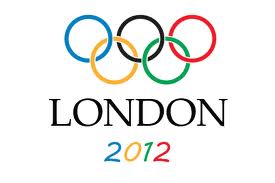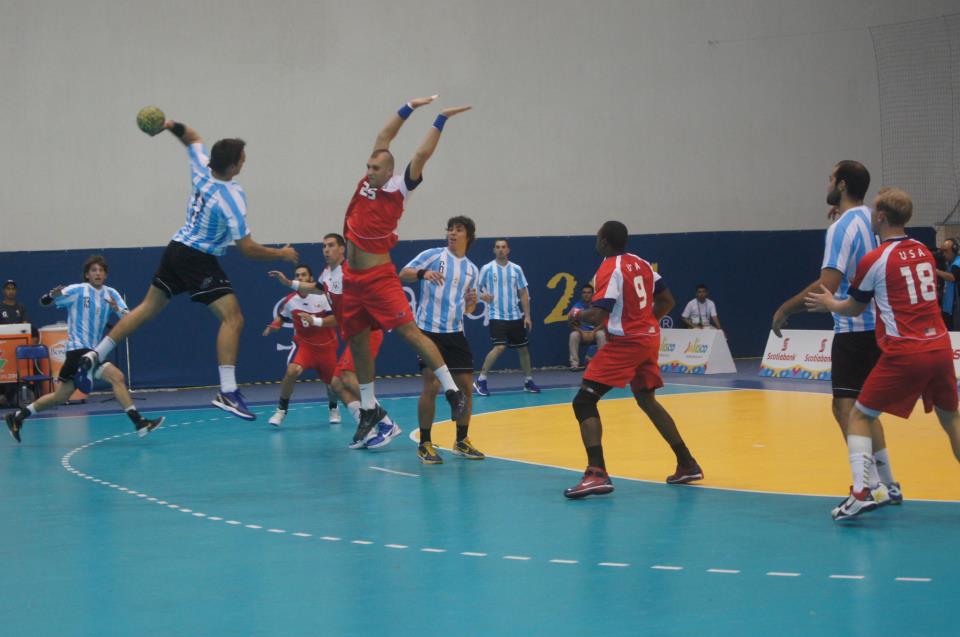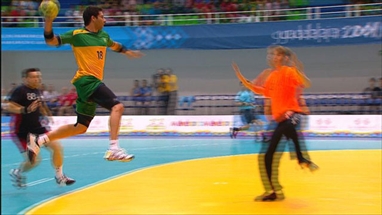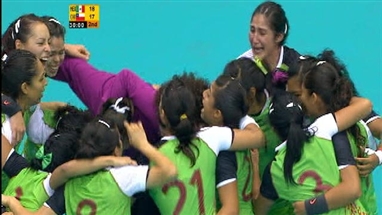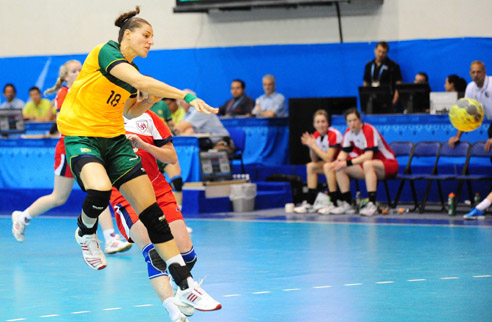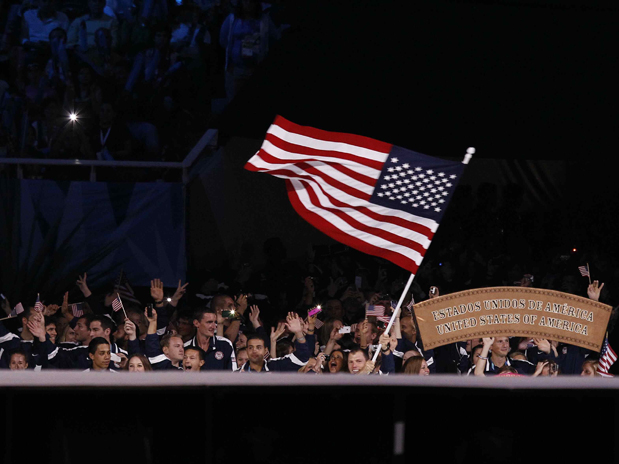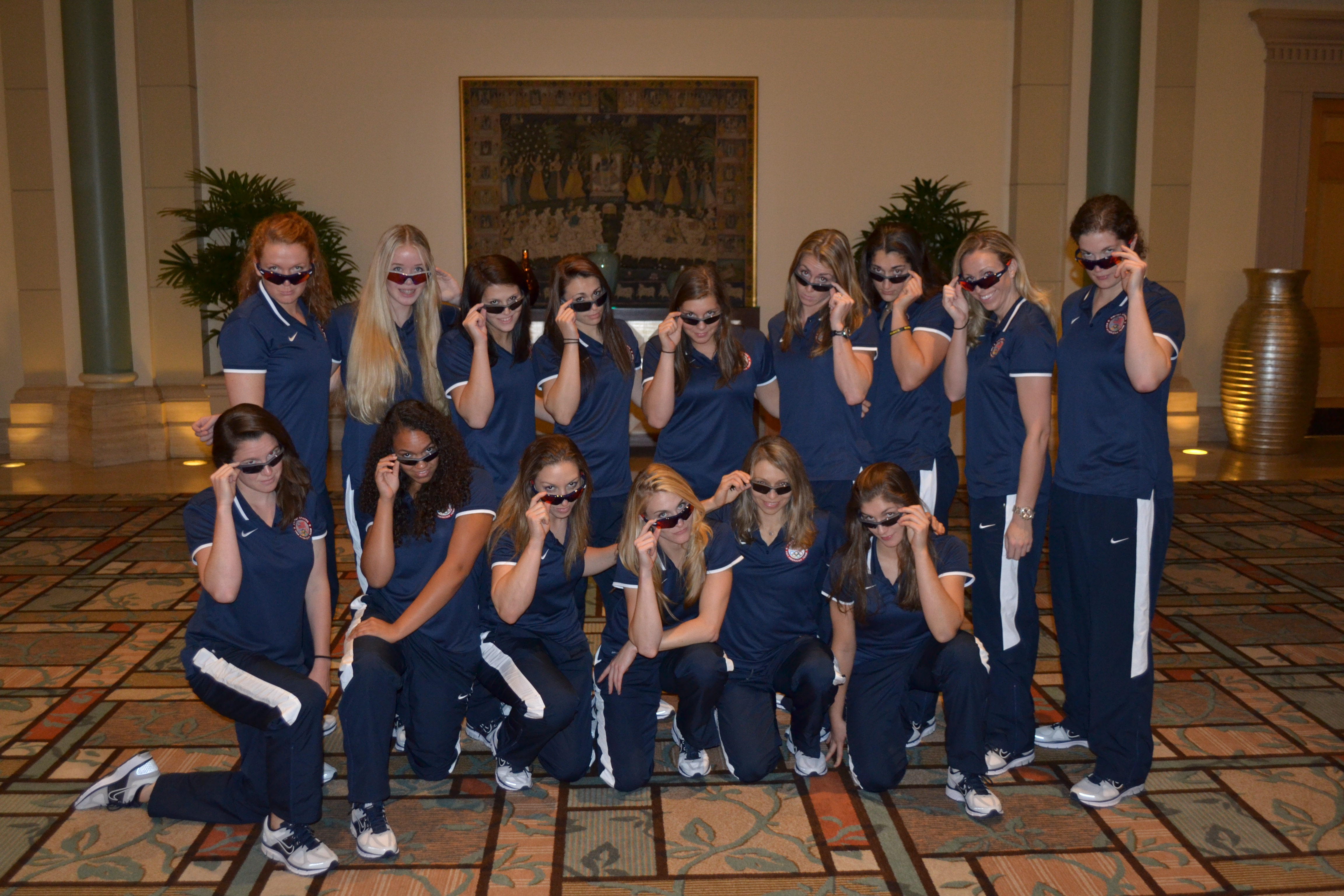The past few days saw 3 nations secure 2012 Olympic berths. Last night in the Men’s Gold Medal match at the PANAM games, Argentina beat rival Brazil 26-23. The match was a see-saw affair with both teams running off strings of unanswered goals. Brazil’s had the first big run to get a 12-7 lead, but Argentina was able to respond and 1st half ended with Argentina leading 15-14. In the second half they extended the lead to 19-14 and kept the lead throughout as Brazil could only narrow the gap to two goals. Argentina has directly qualified for the Olympics and Brazil has qualified for an IHF qualification tournament next spring as has the third place team, Chile. Notably, Chile gave Argentina a huge challenge in the semifinals, losing by just 1 goal, 26-25.
In the PANAM Women’s competition, Brazil clearly showed that they are in a class all by themselves as they won all five of their matches by an average of 26 goals. The Dominican Republic came the closest with a 14 point loss in Group play. In the semifinals they had a narrow 19-18 loss to Argentina who in turn lost to Brazil in the Gold Medal match 33-18. Argentina’s 2nd place finish means that they will qualify for an IHF Olympic qualification tournament next spring. The Dominican Republic may as well, but this will depend on where the Pan American region ranks at the World Championship next January. As Brazil is hosting the event, they could very well secure an additional tournament slot for the region.
In Asia, the South Korean women prevailed in an Olympic qualification tournament in China. 6 nations played a straight round robin and South Korea came through unbeaten to secure the Asian bid. They did, however, receive a strong challenge from runner-up Japan in their final game. The score was tied 10-10 at halftime before the South Korea pulled away for a 27-22 win.
Olympic Qualification for the Asian Men is currently taking place in South Korea.
Here’s the current status of Olympic Qualification.
2012 Olympic Games Qualification (Women): https://teamhandballnews.com/2012-olympic-qual-women/
2011 Olympic Games Qualification (Men): https://teamhandballnews.com/2012-olympic-qual-men/
As always, these links are available on the right hand side of the page.
